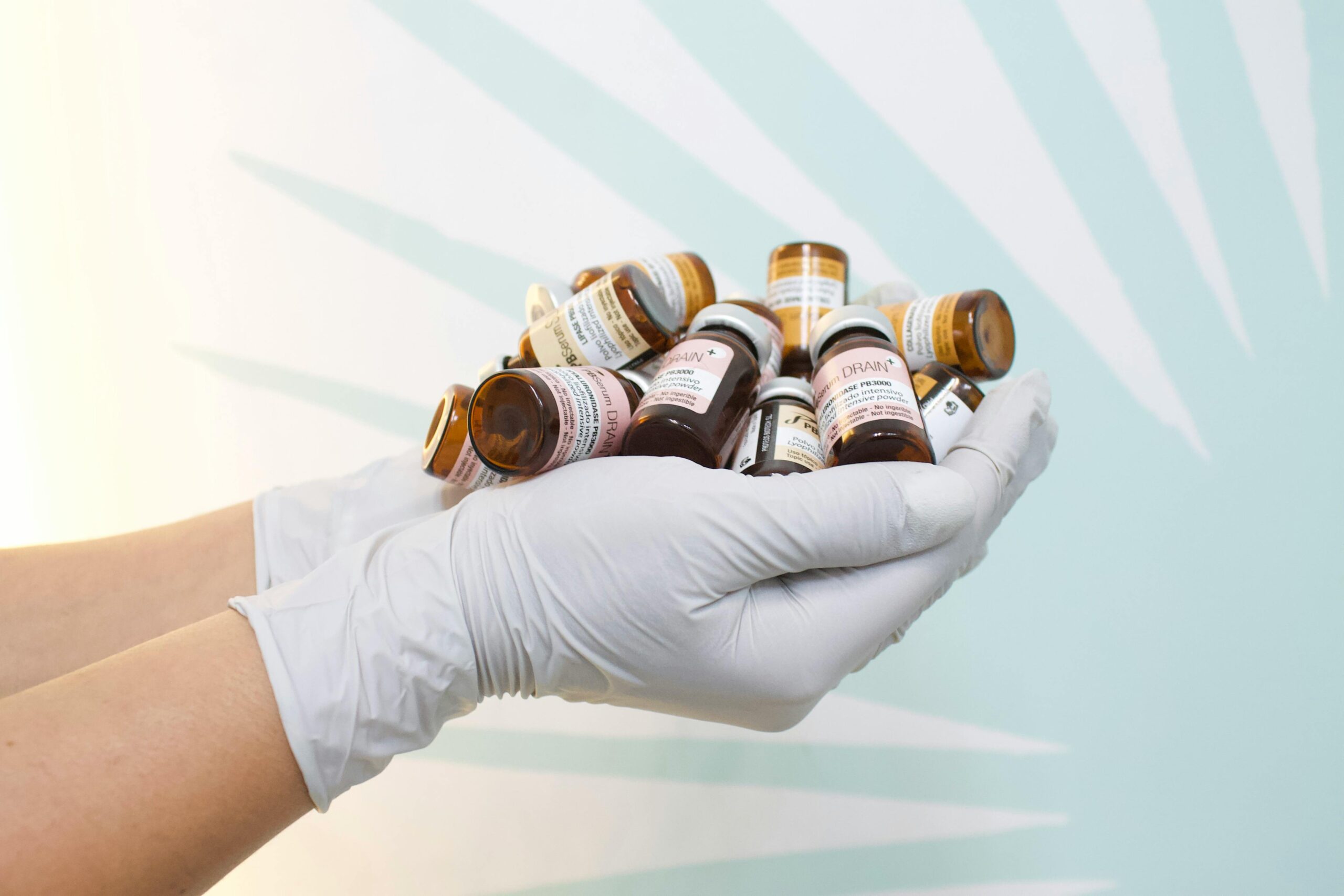In 2025, pharmaceutical marketing is facing a transformative shift. Not because of a new regulatory crackdown, a blockbuster drug, or a viral campaign, but because of a powerful force that’s reshaping global capitalism—ESG. Environmental, Social, and Governance criteria are no longer peripheral to pharma strategy. They’re central. And yet, the role of ESG in pharma marketing remains underexplored.
You may have seen ESG disclosures in annual reports or investor meetings. But ask yourself: How often do pharma marketing campaigns showcase their commitment to ethical governance, environmental responsibility, or social equity? And how often do those efforts directly influence how patients, doctors, and policymakers respond?
The future of pharma marketing hinges on a single word: trust. ESG offers the scaffolding to build it.
What Does ESG in Pharma Marketing Actually Mean?
To unpack this, we need to go beyond slogans.
- Environmental responsibility isn’t just about carbon credits. It’s about how pharma companies reduce waste in packaging, ensure ethical sourcing of raw materials, and minimize their environmental footprint across the supply chain.
- Social principles relate to equity in access, ethical advertising, health literacy, and patient-centricity. How a company treats its trial participants, engages underserved communities, or educates consumers speaks volumes.
- Governance focuses on transparency, compliance, ethical promotional practices, and accountability in how decisions are made and communicated.
Marketing is the front line of this engagement. Yet, many campaigns still center on drug efficacy without reflecting the broader ethical commitments that influence buyer behavior.
Why ESG Matters More Than Ever in Pharma Marketing
1. Stakeholder Expectations Are Sky-High
- 74% of global consumers say they are more loyal to companies that support social or environmental issues.
- In pharma, 82% of patients report they would switch brands if another offered the same product with greater ESG transparency.
Consumers today are not passive recipients of ads. They’re investigators. They Google ingredients, scan barcodes for ethical sourcing, and dig into who funds your clinical trials.
2. Regulatory Pressures Are Mounting
With India’s UCPMP 2024 introducing stricter guidelines against unethical promotional practices, and the U.S. and EU aligning their transparency expectations with ESG frameworks, marketing teams must now operate in a more compliant, accountable environment.
Failure to do so isn’t just a PR risk. It’s a legal one.
3. ESG Directly Impacts Market Performance
According to a 2023 study of 300 pharma companies:
- Companies with a strong ESG profile delivered 12–15% higher total shareholder return.
- They enjoyed better regulatory outcomes and had 2x higher employee retention.
- Their marketing campaigns saw a 23% increase in patient engagement metrics.
Investors are watching. So are regulators. And increasingly, so are your customers.
Case Studies: When ESG Drives Market Outcomes
Novo Nordisk: Marketing Sustainability as a Value Proposition
- They’ve achieved 100% renewable energy in global production.
- Launched “TakeAction” campaigns that integrate green packaging education.
- Their ESG-driven marketing improved brand trust by 31% in five key markets.
GSK: Social Equity at the Center
- Integrated social impact metrics into their campaign KPIs.
- Focused advertising on global access programs, targeting underserved markets.
- The result? A 17% increase in favorability among HCPs and a 9% boost in net promoter scores from patients.
Pfizer: Governance-Led Communication
- Raised $1.25 billion in sustainability bonds.
- Used ESG milestones as a storytelling anchor in ad campaigns.
- Their “Science Will Win” narrative evolved to include transparency in supply chain reporting.
These aren’t CSR moves dressed as marketing. These are marketing strategies that are ESG.
How to Integrate ESG into Your Pharma Marketing Campaigns
1. Map Your ESG Assets to Consumer Messaging
Your company is likely already taking ESG-aligned actions. The disconnect lies in communication. Make ESG part of your brand story:
- Highlight eco-friendly packaging innovations.
- Communicate the carbon footprint reduction of your logistics chain.
- Feature community outreach or access programs.
2. Align Campaign KPIs With ESG Goals
Redefine what success looks like:
- Go beyond CTR and ROI.
- Measure patient trust, brand transparency ratings, and stakeholder sentiment.
- Track how ESG commitments influence formulary inclusion or policy favorability.
3. Ensure ESG Compliance in Promotional Practices
- Train marketing teams on anti-kickback laws, transparency codes, and ethical promotion.
- Use clear, data-backed messaging that aligns with ESG commitments.
- Avoid vague promises—be specific and evidence-driven.
4. Develop ESG-Focused Campaigns From the Ground Up
- Launch awareness drives tied to health equity or climate impact.
- Use omnichannel platforms to explain your ESG commitments.
- Collaborate with NGOs or regulatory groups for co-branded credibility.
5. Showcase Internal Governance and Leadership Values
- Feature your Chief Ethics Officer or ESG Head in content pieces.
- Demonstrate board-level accountability for marketing ethics.
- Make governance a brand asset, not a compliance box.
Real Challenges You’ll Face (and How to Overcome Them)
1. Greenwashing Accusations
Marketing ESG without substance is dangerous. Consumers are skeptical.
Fix: Pair every ESG claim with verifiable data. Use third-party audits. Be transparent about setbacks.
2. Fragmented Global Regulations
What’s compliant in Germany might be illegal in Brazil.
Fix: Use a risk-based localization model. Tailor ESG messaging to regional laws without compromising core values.
3. Executive Buy-In
Some leadership teams view ESG as a cost center.
Fix: Present ESG not as a tradeoff, but as a driver of competitive differentiation. Show how transparent marketing drives engagement and de-risks brand reputation.
What’s Next? The Future of ESG in Pharma Marketing
Predictive ESG Analytics
Companies will soon predict brand risk based on ESG campaign performance. AI tools will scan sentiment, stakeholder responses, and ESG disclosures in real-time to fine-tune marketing.
Industry Benchmarks
Expect ESG marketing benchmarks to become part of compliance audits and market access assessments. Brands that fail to integrate ESG will lose formulary inclusion or face public backlash.
Cross-Functional Marketing Teams
Pharma marketing teams will evolve to include compliance officers, ESG specialists, and data scientists. This is not just a trend—it’s a structural shift in how campaigns are conceptualized and measured.
Questions for Marketing Leaders
- What part of your marketing budget is dedicated to communicating ESG?
- Are your agencies trained in ESG principles and compliance standards?
- How does your ESG score influence your campaign messaging or channel strategy?
If you don’t have clear answers, you’re behind.
Final Thought
Transparent marketing in pharma isn’t about moral grandstanding. It’s about aligning brand narratives with what matters most to consumers, regulators, and investors in 2025: values.
ESG isn’t a department. It’s your new marketing playbook.






Leave a Reply